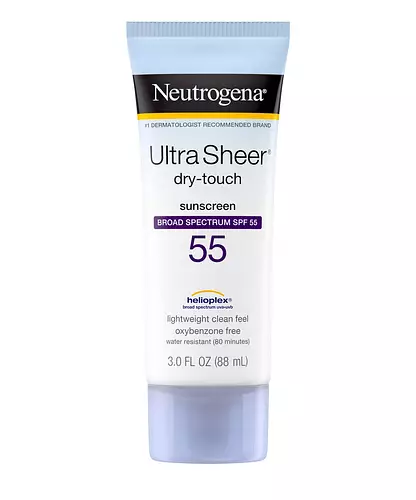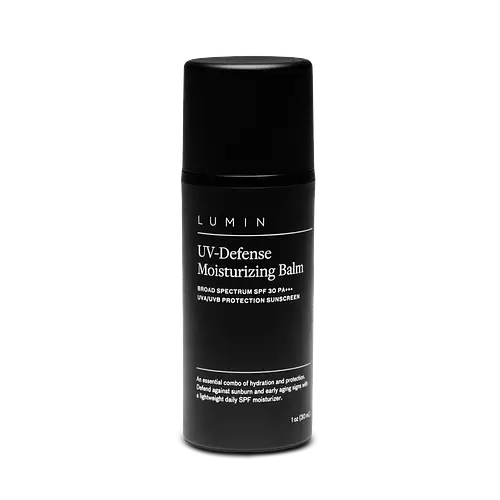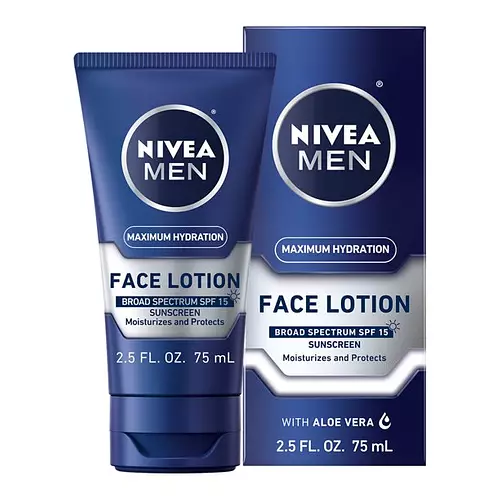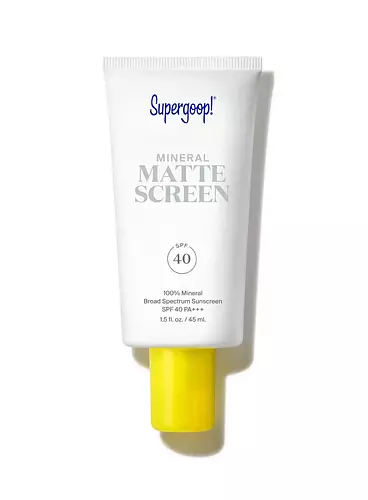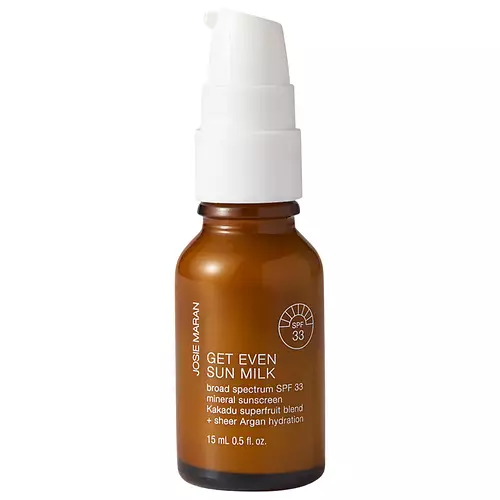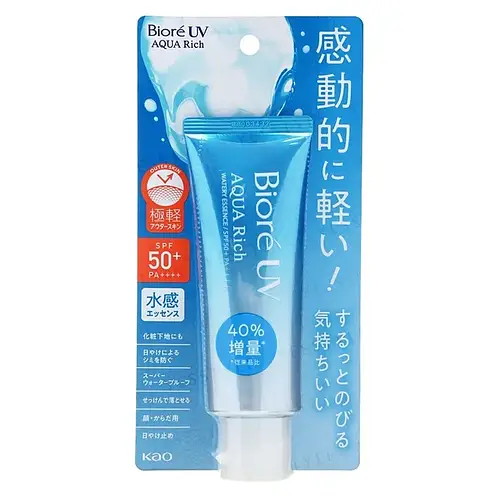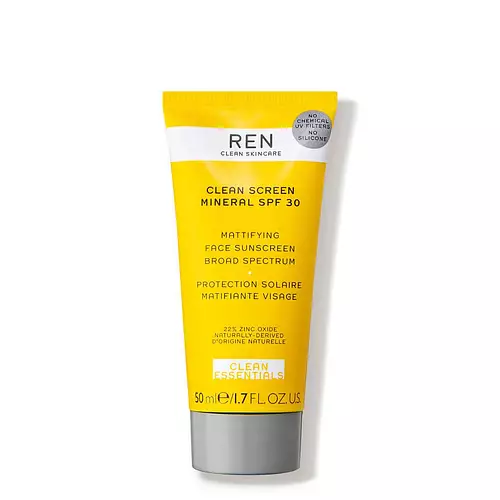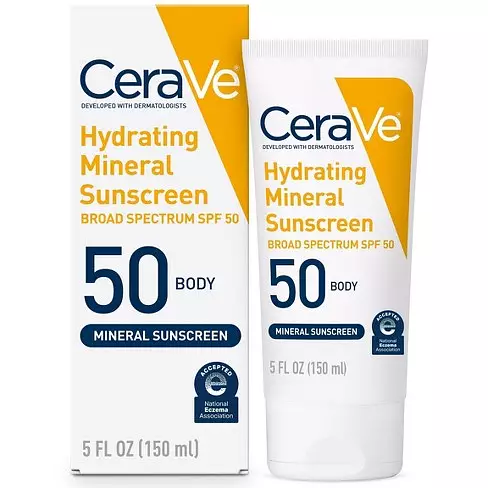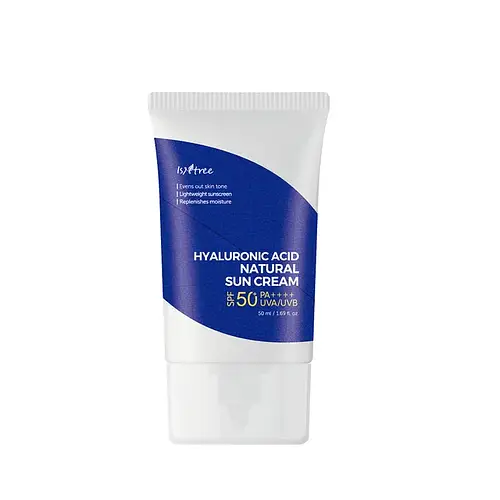Neutrogena Neutrogena Ultra Sheer® Dry-Touch Sunscreen Broad Spectrum SPF 55 Versus Biossance Squalane + Zinc Sheer Mineral Sunscreen SPF 30 PA +++
Updated on March 15, 2024
Overview
What they are
These products are both sunscreens. They have a total of 3 ingredients in common
Cool Features
They both contain SPF
Suited For
They're both likely to be good for brightening skin
Free From
They both do not contain any oils, parabens or sulfates
We independently verify ingredients, and our claims are backed by peer-reviewed research. Spot a product that needs an update? Let us know.
Ingredient Info
Neutrogena Neutrogena Ultra Sheer® Dry-Touch Sunscreen Broad Spectrum SPF 55 32 ingredients
Biossance Squalane + Zinc Sheer Mineral Sunscreen SPF 30 PA +++ 23 ingredients
At a glance
Click on any of the items below to learn more
Neutrogena Neutrogena Ultra Sheer® Dry-Touch Sunscreen Broad Spectrum SPF 55 32 ingredients
Biossance Squalane + Zinc Sheer Mineral Sunscreen SPF 30 PA +++ 23 ingredients
Notable Ingredients
This product contains 4 ingredients that may have this attribute:
This product contains 1 ingredient that may have this attribute:
This product contains 1 ingredient that may have this attribute:
Benefits
This product contains 1 ingredient that may have this attribute:
Concerns
This product contains 1 ingredient that may have this attribute:
This product contains 2 ingredients that may have this attribute:
This product contains 1 ingredient that may have this attribute:
This product contains 2 ingredients that may have this attribute:
This product contains 5 ingredients that may have this attribute:
This product contains 4 ingredients that may have this attribute:
Notable Ingredients
This product contains 1 ingredient that may have this attribute:
Benefits
This product contains 1 ingredient that may have this attribute:
This product contains 1 ingredient that may have this attribute:
Concerns
This product contains 1 ingredient that may have this attribute:
This product contains 1 ingredient that may have this attribute:
Ingredients Side-by-side
Ingredients Explained
These ingredients are found in both products.
Ingredients higher up in an ingredient list are typically present in a larger amount.
Water. It's the most common cosmetic ingredient of all. You'll usually see it at the top of ingredient lists, meaning that it makes up the largest part of the product.
So why is it so popular? Water most often acts as a solvent - this means that it helps dissolve other ingredients into the formulation.
You'll also recognize water as that liquid we all need to stay alive. If you see this, drink a glass of water. Stay hydrated!
Learn more about WaterEthylhexylglycerin (we can't pronounce this either) is commonly used as a preservative and skin softener. It is derived from glyceryl.
You might see Ethylhexylglycerin often paired with other preservatives such as phenoxyethanol. Ethylhexylglycerin has been found to increase the effectiveness of these other preservatives.
Xanthan gum is used as a stabilizer and thickener within cosmetic products. It helps give products a sticky, thick feeling - preventing them from being too runny.
On the technical side of things, xanthan gum is a polysaccharide - a combination consisting of multiple sugar molecules bonded together.
Xanthan gum is a pretty common and great ingredient. It is a natural, non-toxic, non-irritating ingredient that is also commonly used in food products.
Learn more about Xanthan GumIngredient Ratings
Here's what our community thinks of the ingredients in these products.
When to use
Neutrogena Neutrogena Ultra Sheer® Dry-Touch Sunscreen Broad Spectrum SPF 55 32 ingredients
Biossance Squalane + Zinc Sheer Mineral Sunscreen SPF 30 PA +++ 23 ingredients


Reviews
Here's what our community thinks
Neutrogena Neutrogena Ultra Sheer® Dry-Touch Sunscreen Broad Spectrum SPF 55 32 ingredients
Kadri Reede
I really like it in springtime and summertime. It is so moisturizing and sinks in fast. And tube is big. Last a long time.
Sometimes irritates...
I really like it in springtime and summertime. It is so moisturizing and sinks in fast. And tube is big. Last a long time.
Sometimes irritates eyes a bit. Not everytime.
But i really don't like it at all in wintertime. It feels so drying on my sentsitive skin then.
Overall I think I would even consider buying this again.
